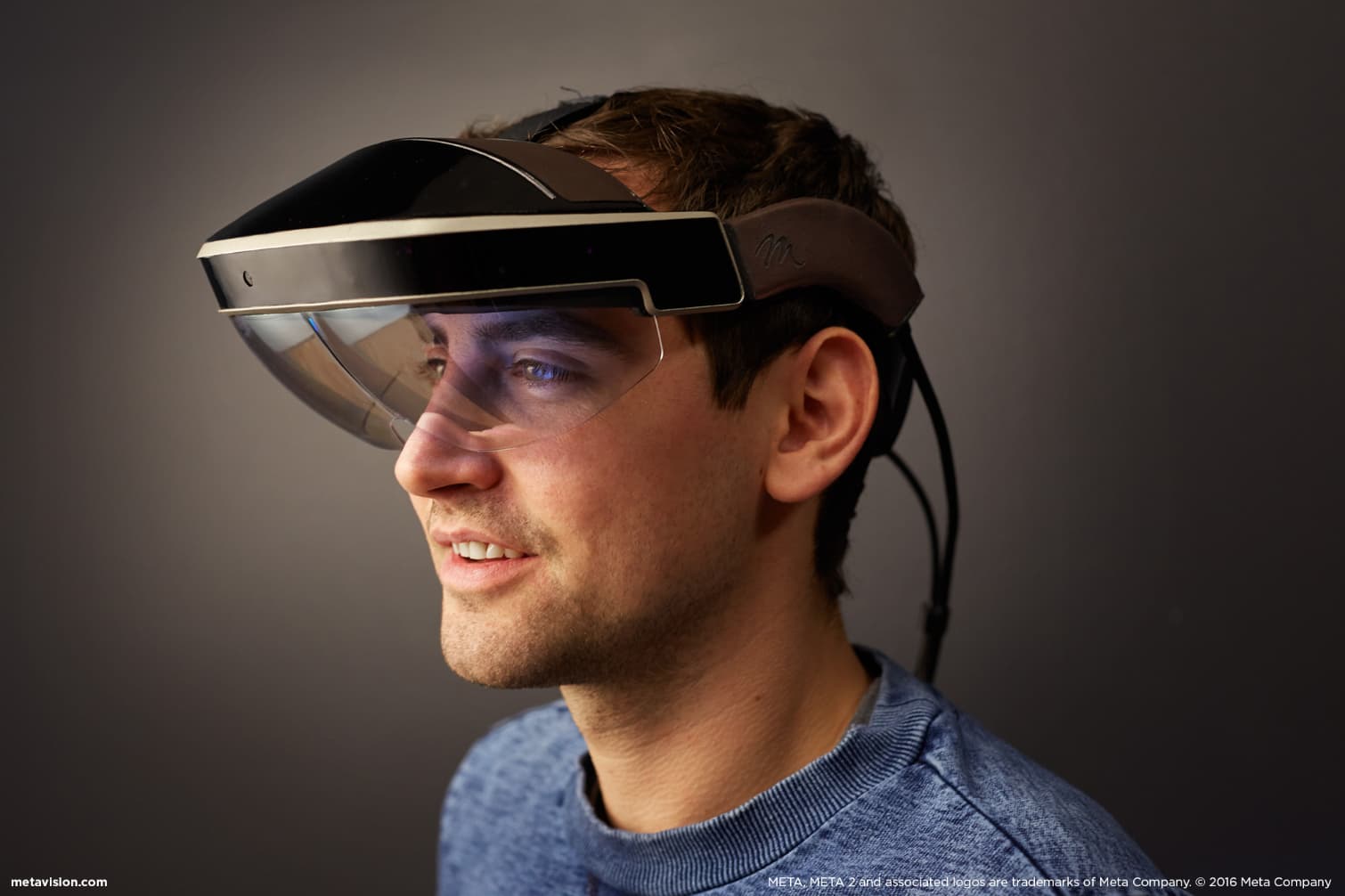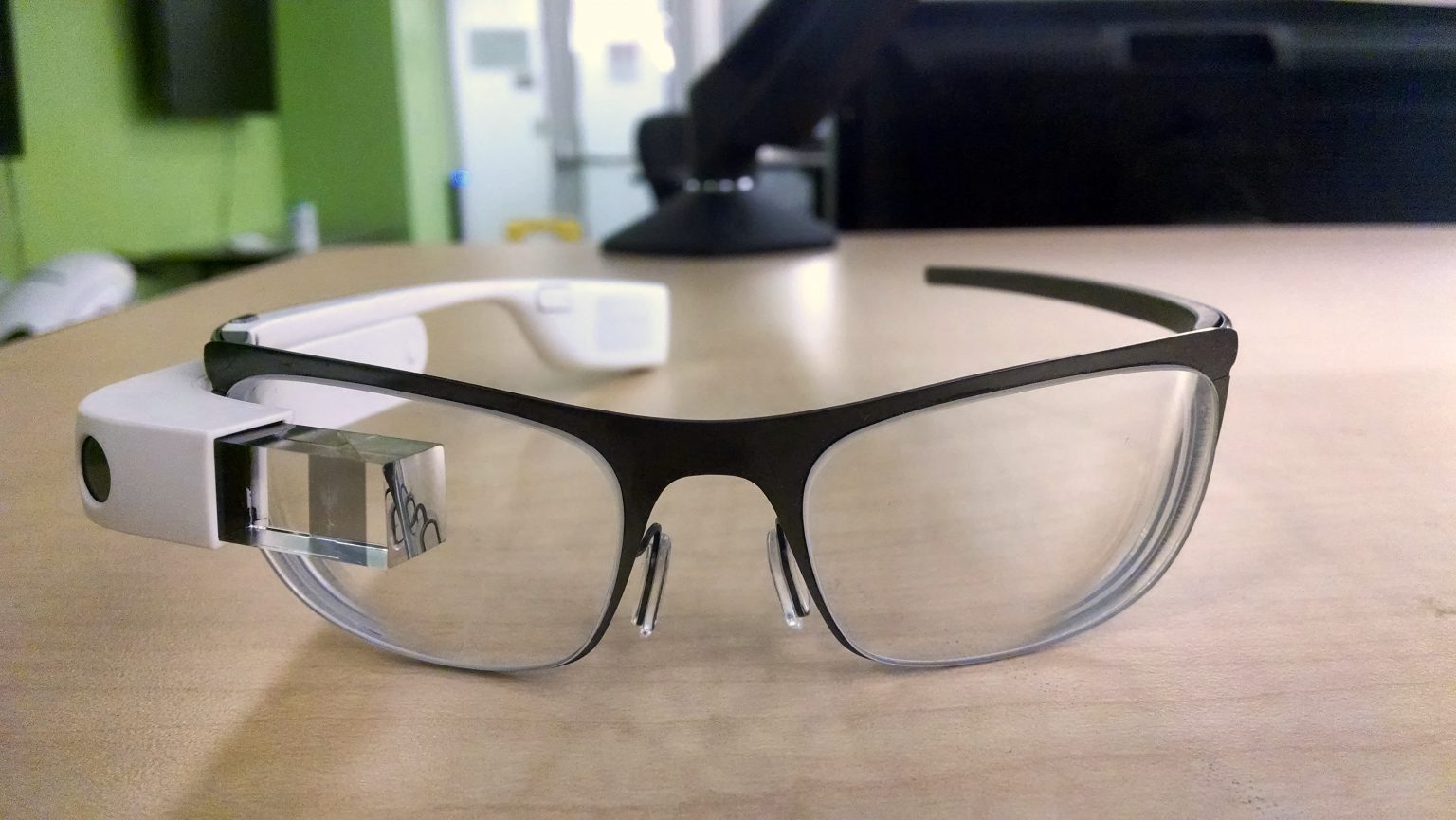The intersection of fashion and technology has always led to some of the best innovations throughout the years. It goes on from data-driven fashion industries to new materials for products. In terms of industries, the technological intersection with fashion has also made a huge impact on eyewear industries. Modern eyewear doesn’t work the same way as it used to a couple of decades ago. Back then, it was only used as an accessory. Now, we can see how technology has combined with fashion and stylishly made it possible to make 3D-printed frames and smart glasses. The possibilities are endless, and that’s not all. In this article, we’ll discuss how the fusion of tech and fashion revolutionized the eyewear industry and go even deeper into how they reside with both consumers and manufacturers.
How The Eyewear Styles Evolved
It’s no secret that technology made it possible for the fashion industry to evolve as it is now, and the eyewear industry is no exception. A couple of decades ago, traditional eyewear was limited in style. Starting from frame durability, shapes, and size, there weren’t enough variations to go by. But with the evolution of technology, eyewear has caught up as well. And that’s how designers were able to use technological resources to take some revolutionized approach to push all the boundaries.
3D Printing
The first thing that comes to mind in terms of technological advancements in the eyewear industry is 3D-printed designs. From amateur-level designers to veterans, 3D printing technology has certainly allowed them to innovate their creativity and make some unique frames that were not possible before. The old industrial life couldn’t afford to experiment with eyewear design manufacturing. However, with the help of 3D printing, eyewear designers could break the limits and push forward with their creative experiments with different eyewear designs, shapes, colors, and textures.

AR/VR Technology
Augmented Reality and Virtual Reality are two of the most important innovations in this era. And both of them are responsible for the advancement of the eyewear industry as well. VR and AR technologies allowed designers to go on with their creative experiments without needing to spend too many resources in designing eyewear. Designers can easily design a virtual prototype of eyewear with the least effort and resources. Not only that, but they can test these experiments seamlessly with AR and VR technology.
How Technology Helped Seamless Eyewear Manufacturing
The manufacturing process has evolved so much ever since the start of the Industrial Revolution, and the reason is technology. Even a couple of decades ago, the manufacturing process took too many resources, labor, and time. It was not a very efficient way of manufacturing by today’s standards, but most importantly, it worked. But ever since, technologies have evolved to the point where computer-aided design and computer-aided manufacturing are a thing. And both of them made the manufacturing process as efficient as possible, saving labor, time, and resource. That’s why the door to creativity and innovation became open for everyone.
With the combination of CAD software and CAM technology, designers were able to make innovative digital models of eyewear much more easily and quickly, and that’s not all. With the use of CAD, designers can skip a lot of manual work and save resources to get rid of human error. On the other hand, CAM technology allowed automated mass production of eyewear frames much more efficient and fast. This also ensures consumers have a vast amount of eyewear styles and materials to choose from.
Aside from the manufacturing and design process, material science also plays a huge role in the eyewear industry. Throughout the years, there were several developments in terms of durable materials like carbon and titanium fiber to use in manufacturing eyewear. They’re both lightweight as well as highly customizable for industrial productions.

Evolution of Smart Eyewear
One of the best outcomes that came out of the intersection of fashion and technology is smart eyewear. With a combination of modern technology and traditional eyewear, smart eyewear is one of the most revolutionized devices that are capable of using AR technology, wireless connections, and fitness tracking.
There have been a lot of smart eyewear throughout the years, but one of the most heard examples is Google Glass. They were capable of pairing glasses with different functionalities and a small display screen showing information. For instance, you could check emails, show directions, and take pictures. However, the sad thing is that Google Glass production was discontinued back in March 2023 and provided support til September of the same year.
However, smart eyewear technology is showing a lot more potential under other brands as well. The Bose Frames have been successful so far with their smart eyewear models. These smart sunglasses not only protect you from the sun but also have their own built-in speakers for various purposes. You can seamlessly make calls, access VAs, or just listen to music. That only proves how traditional eyewear has evolved into more than just your fashion accessory.
Making User Experience Developed with Technology
Adjustable frames are another positive result that came out of the intersection of technology and fashion. No more trying to fit your smart eyewear frequently in public. Now, they’re easily used and come with both comfort and a secure fit. More advanced smart eyewear can deal with it using automation and sensors, making it more convenient in the process.
How Tech and Fashion Intersection Will Shape the Future of Eyewear
The field of converging tech and fashion is an evolving one, and it keeps getting upgraded every moment. But we can safely say that the future will bring a great deal of innovation in smarter eyewear as technology keeps advancing. The most possible feature we might get to see in the near future is the addition of biometric sensors into the eyewear. This can monitor various physiological parameters within the user’s body, and that can help you plan for any improvements easily.
Another important thing we might get to see is the integration of nanotechnology with smart eyewear. Some features may even include basic functions like self-caring or even self-troubleshooting as the need comes. Aside from biometric sensors, nanotechnology can actually make your eyewear more convenient, and the possibilities are huge.
Bottom Line
The intersection of fashion and technology made it possible for smart eyewear to improve user experience tremendously. From casual smart wear to prescription lenses, technology has paved the path to a comfortable and enhanced user experience. Industries can easily fit the different needs and preferences of their users into their products. And that’s how users can get both comfort and improved vision in the same package.
